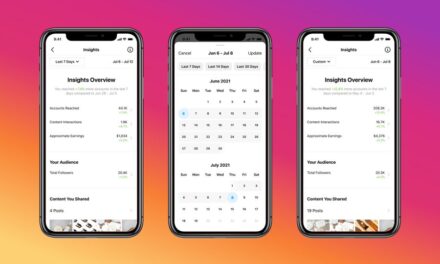Three digital trends are driving the conversation among marketing professionals in 2017 and shaping the way we’re transmitting, receiving and perceiving messages across the spectrum from the boardroom to the newsroom and the classroom.
Echo Chambers
As we self-select our social groups, follows and likes, we are increasingly enclosing ourselves in homogeneous environments. With the majority of U.S. adults consuming news through social media—62%, according to the Pew Research Center and the John S. and James L. Knight Foundation—algorithms are determining the content of our news feeds.
Operating in this digital echo chamber reinforces existing beliefs, ideas and interests, constructing different versions of reality for different people. Understanding this, however, allows marketers to address audiences in highly specialized segments and create content that specifically appeals to each of them. Messages are then amplified by encouraging the participants within each segment to share and engage with each other.
Interactive Content
Creating a shared experience between your customers and your brand keeps your audience active and engaged. Interactive content enables the collection of user information and data that marketers can use later to create targeted messages about products and services. Infographics, games, listicles, calculators or quizzes like those found on Playbuzz, are opportunities to turn passive consumers into active players. Interactive content creates engagement that results in consumers staying longer, sharing and buying more and discovering compelling reasons to return to your site or page.
Geo-marketing
Integrating location data into marketing strategies is a key to creating relevant messaging, targeting offers and providing opportunities for customer reviews. The personalization of the outreach is increasingly important, as consumers face an avalanche of information and choice.
In addition, because mobile usage accounts for more than 50% of web traffic, customers are on the move, necessitating geo-contextualized messages and services. Digital mapping also provides marketers with the analytics and intelligence to inform decision-making, which translates into a greater ability to address issues or exploit trends by geographic region or specific physical location.
Understanding the role these trends play will help you take your marketing strategies to the next level and connect on a deeper level with your target consumer. Yeshiva University’s master of science in marketing program addresses these challenges to equip you to adapt as marketing trends evolve.














